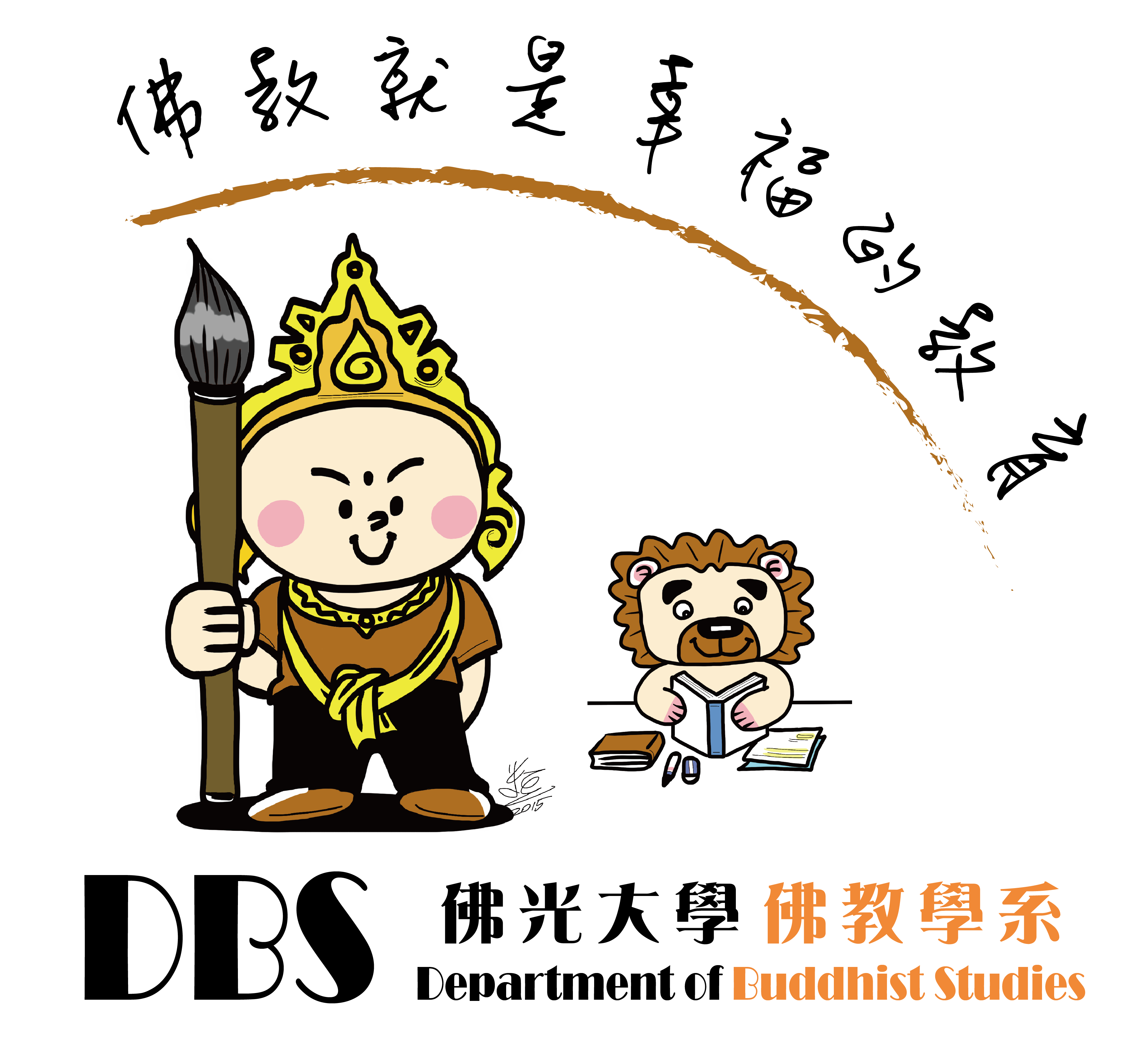Written by Ven. Baoding
On November 25, 2025, the Department of Buddhist Studies held a Buddhist Culture Lecture in Room N207, titled “From Borobudur to the Present: The Buddhist Scene of Java.” The department invited Assistant Professor Margo Sulistio of National Ilan University as the speaker, guiding faculty and students through an in-depth cultural exploration of Java’s thousand-year Buddhist history, artistic achievements, and contemporary religious life.
At the beginning of the lecture, Professor Sulistio focused on the UNESCO World Heritage site Borobudur. He pointed out that this magnificent monument represents not only the pinnacle of Javanese art but also a concrete manifestation of the Buddhist cosmological vision. Built in the form of an ancient step-pyramid, Borobudur is clearly divided into three architectural levels—the base, the body, and the summit—which symbolize the Three Realms in Buddhism: the Desire Realm, the Form Realm, and the Formless Realm. This spatial arrangement serves as an allegory for the practitioner’s path from the worldly to enlightenment.
The temple’s walls and balustrades contain thousands of stone reliefs, vividly depicting the Buddha’s birth, Jātaka stories, karmic causality, and even Sudhana’s fifty-three spiritual journeys from the Avataṁsaka Sūtra. These rich visual records testify to the historical fact that Buddhism once stood at the center of Javanese belief prior to the arrival of Islam, and they demonstrate the extraordinary achievements of ancient Java’s stone-carving tradition.
In the second half of the lecture, Professor Sulisto shifted the focus to the everyday life of contemporary Indonesian Buddhists, illustrating how Buddhism has taken root and localized in Javanese culture. He explained that Buddhist faith is deeply woven into local customs: from pre-planting and pre-harvest rituals in agriculture, to daily bows before leaving home and upon returning, to Buddhist symbols embedded in Javanese Wayang puppet theatre, Gamelan music, and even clothing designs—revealing the intimate interweaving of religion and traditional culture.
With respect to devotional practice, communal sessions at local temples typically follow the ritual sequence of chanting first in Pāli, then in Indonesian. During major Buddhist festivals—such as Vesak, when devotees conduct a solemn “three steps, one bow” pilgrimage, or the Three Jewels Day, which features a 24-hour recitation of the entire Tripiṭaka—large-scale activities further underscore the vibrancy of Javanese Buddhist life.
This lecture, rich in content and offering a unique perspective, provided participants with a deep and comprehensive understanding of Java’s Buddhist history, artistic heritage, and modern context. It also significantly fostered international and intercultural exchange on campus. We extend our sincere gratitude to Professor Margo Sulistio for the inspiring and insightful presentation, and we look forward to future academic events that continue to broaden our global horizons.



 College and Department of Buddhist Studies, FGU
College and Department of Buddhist Studies, FGU